
Two Pig Parts That May Contain Cancer Cells: Avoid Them to Protect Your Health
Pork is a staple in many households, especially with recent price drops making it even more accessible—people joke that pork is cheaper than vegetables. However, certain parts of the pig, no matter how delicious, should be avoided due to their potential health risks. Some of these parts may contain high levels of cancer cells and harmful substances that can silently harm your body.
Not everyone is aware of which parts to avoid, and these parts still appear on many family dining tables. Some people even eat them frequently, unknowingly risking not just their own health, but also the well-being of their loved ones.
Here’s a medically backed summary of parts of the pig to limit or avoid, based on insights from cancer specialists and nutritionists:
1. Pig Lungs
Pig lungs are reported to contain a high concentration of harmful substances and even cancer cells. They can accumulate toxins, especially when improperly processed. Studies have found high levels of Clenbuterol, a banned substance, concentrated in pig lungs, followed by liver, kidneys, and other organs.
Additionally, pig lungs are known to harbor viruses and bacteria, as they function as a respiratory filter, just like human lungs. If the pig is sick, its lungs can contain parasites and pathogens that may cause harm or even increase cancer risk when consumed.
They are also likely to contain heavy metals from environmental pollutants, which attach to the lung’s surfaces due to their structure. These contaminants are difficult to remove, even with high-temperature cooking.
2. Pork Neck (Throat Area)
This is the area where pigs are slaughtered, often called “blood-neck meat” because of its red color. This region contains numerous lymph nodes that filter harmful particles, bacteria, and dead cells. These nodes can accumulate high levels of bacteria and viruses, potentially transferring disease to humans.
Additionally, the neck area houses thyroid glands that secrete thyroxine. Excessive consumption of thyroxine may disturb human hormone balance and metabolism, causing symptoms like nausea and vomiting. Importantly, this hormone is very stable and resistant to heat, meaning it survives typical cooking processes.
Other Pig Parts to Avoid or Limit:
3. Pig Brain
While some believe pig brain supports intelligence, it’s actually high in fat and low in protein (only 9g/100g). It contributes to obesity, especially in children and those with blood lipid or cardiovascular issues.
4. Pig Liver
The liver is responsible for detoxification, meaning it can accumulate waste, toxins, parasites (like flukes), and viruses. Although nutritious, it should be eaten in moderation due to these risks.
5. Raw Pig Blood
Raw pig blood (often eaten as blood pudding or in "tiet canh") carries high risk of Streptococcus suis, a dangerous bacteria that can survive even in healthy-looking pigs. Eating it raw allows bacteria to directly enter the human body, posing life-threatening risks.
6. Pig Intestines
Intestines are part of the digestive tract and naturally contain a high load of bacteria, waste, and parasites. Even with cleaning, some harmful microorganisms may remain. Avoid excessive consumption.
Final Reminder
This article summarizes findings from trusted medical sources and aims to help readers make informed dietary choices. Pork is affordable and versatile, but choosing safer cuts is essential. Avoid the parts known to pose health risks, and don’t let your appetite compromise your long-term well-being.
A Wake-Up Call: Cancer in Children Due to Diet
Dr. Doan Binh, Head of Oncology at Chengdu People's Hospital (China), recently treated a 5-year-old girl diagnosed with late-stage liver cancer—one of the youngest patients the hospital had seen.
Her family had no history of cancer. However, her diet included excessive instant noodles, processed meats, sausages, and soft drinks—foods heavily linked to cancer development. Despite six months of treatment, she sadly passed away.
The Broader Concern: Harmful Food Habits in Children
A report from iearth-Love the Earth, covering food additive consumption across nine cities in China, revealed that:
-
10% of children consume additive-rich snacks more than 3 times/day
-
6% drink over 3 sugary beverages daily
-
26% eat ice cream daily in summer
Analysis of 489 products found excessive additives in instant noodles, milk tea, chips, sausages, and canned foods.
Dangerous Foods Children Should Avoid
🚫 Soft Drinks & Sports Drinks
Contain brominated vegetable oil—linked to nervous system and memory issues. Also packed with sugar, they increase the risk of obesity and cavities.
🚫 Honey (for infants under 1 year)
Can contain Clostridium botulinum spores, leading to serious respiratory and immune complications in babies.
🚫 Canned Tomato Sauce & Foods
Often contain Bisphenol-A (BPA), a toxic chemical from plastic packaging that affects brain, reproductive health, and may cause cancer.
🚫 Processed Meats (e.g., Sausages)
The World Health Organization reports that eating just 50g of processed meat daily increases colorectal cancer risk by 18%.
🚫 Chewing Gum
Loaded with sugar or artificial sweeteners like sorbitol (which can cause diarrhea). Worse, young children risk choking or intestinal blockage if swallowed.
Conclusion
Protecting your family’s health starts with making informed food choices. Limiting the intake of high-risk pork parts and processed foods—especially for children—can reduce cancer risks and support long-term wellness. When in doubt, choose fresh, whole foods and prepare meals mindfully.
News in the same category

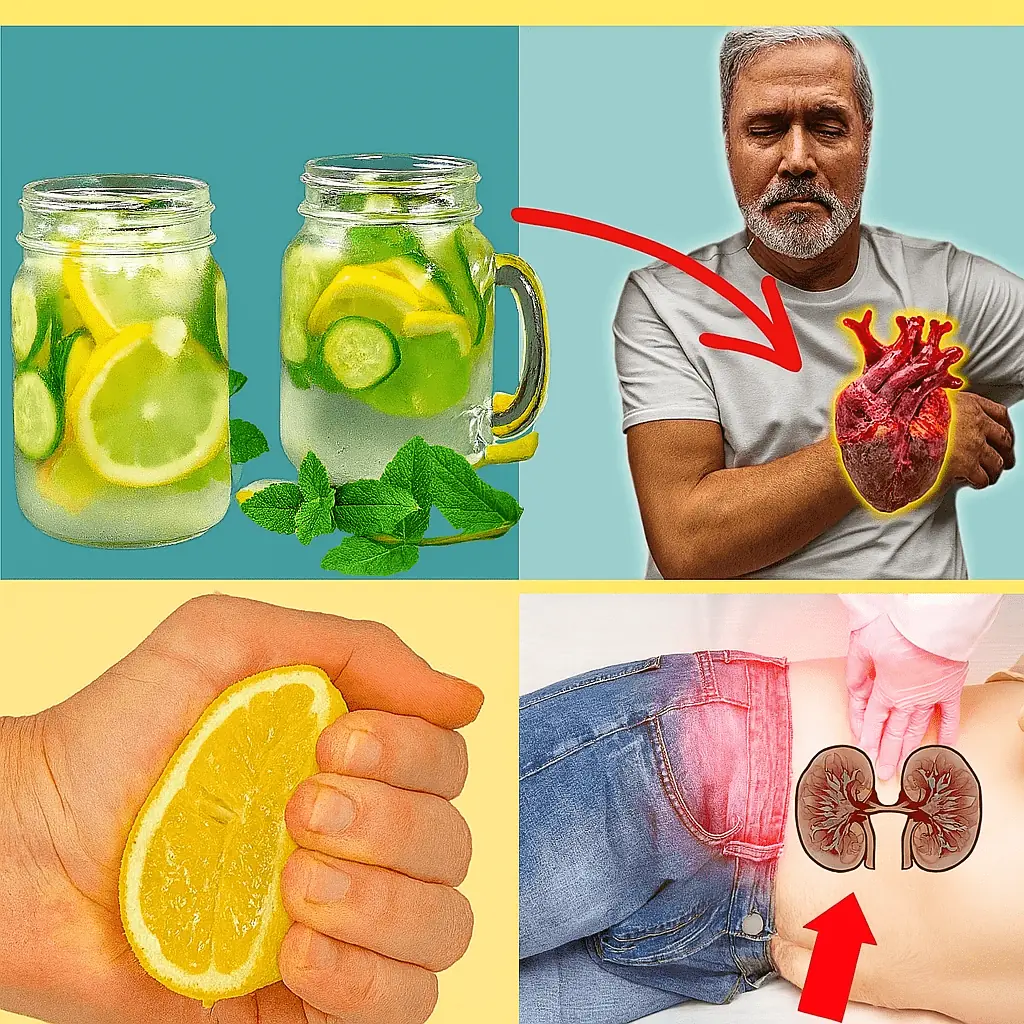
13 Fatal Mistakes When Using Lemon Water That You Need to Avoid
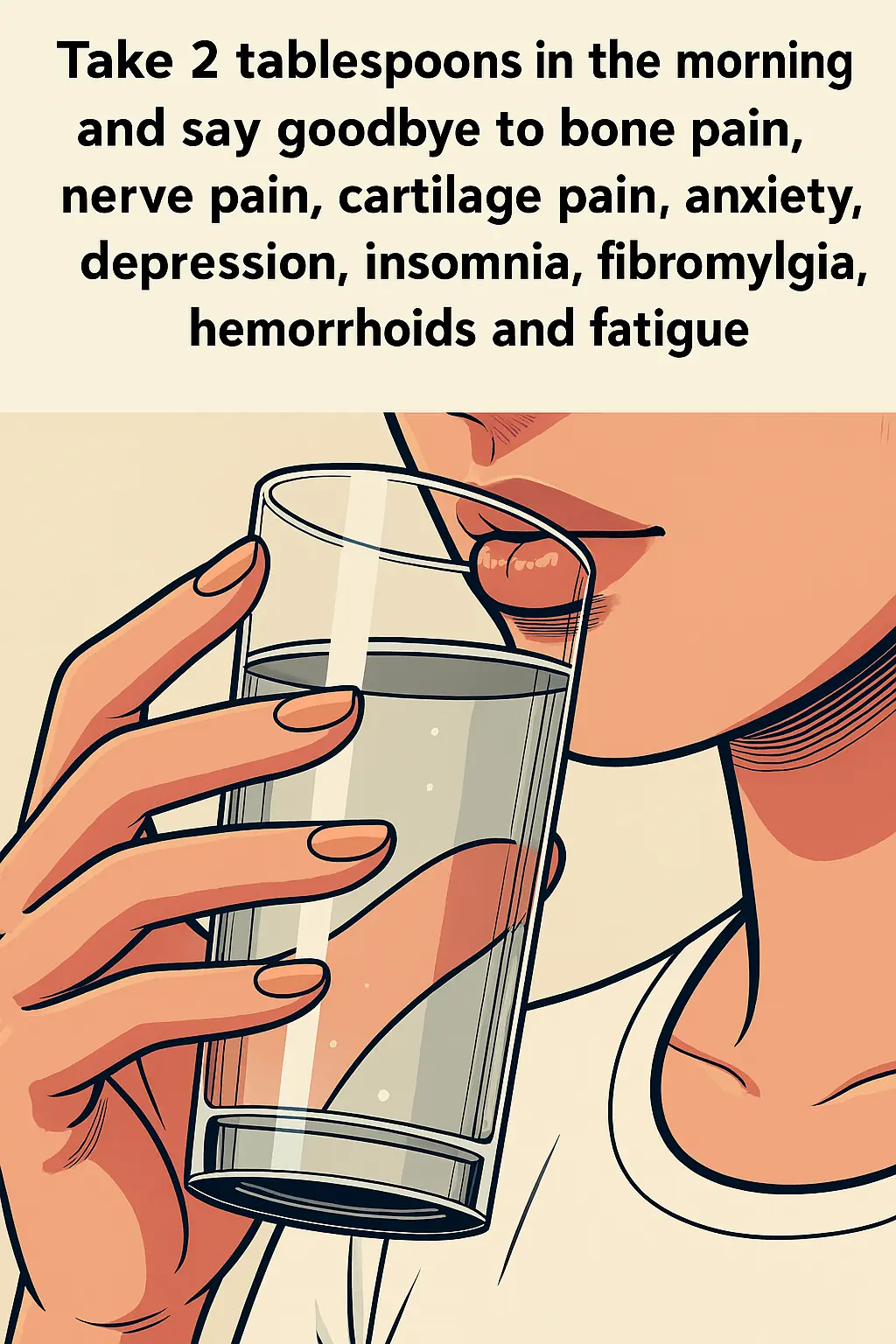
Two Spoons in the Morning: A Natural Remedy for Bone Pain, Diabetes, Nerve Health, and Depression
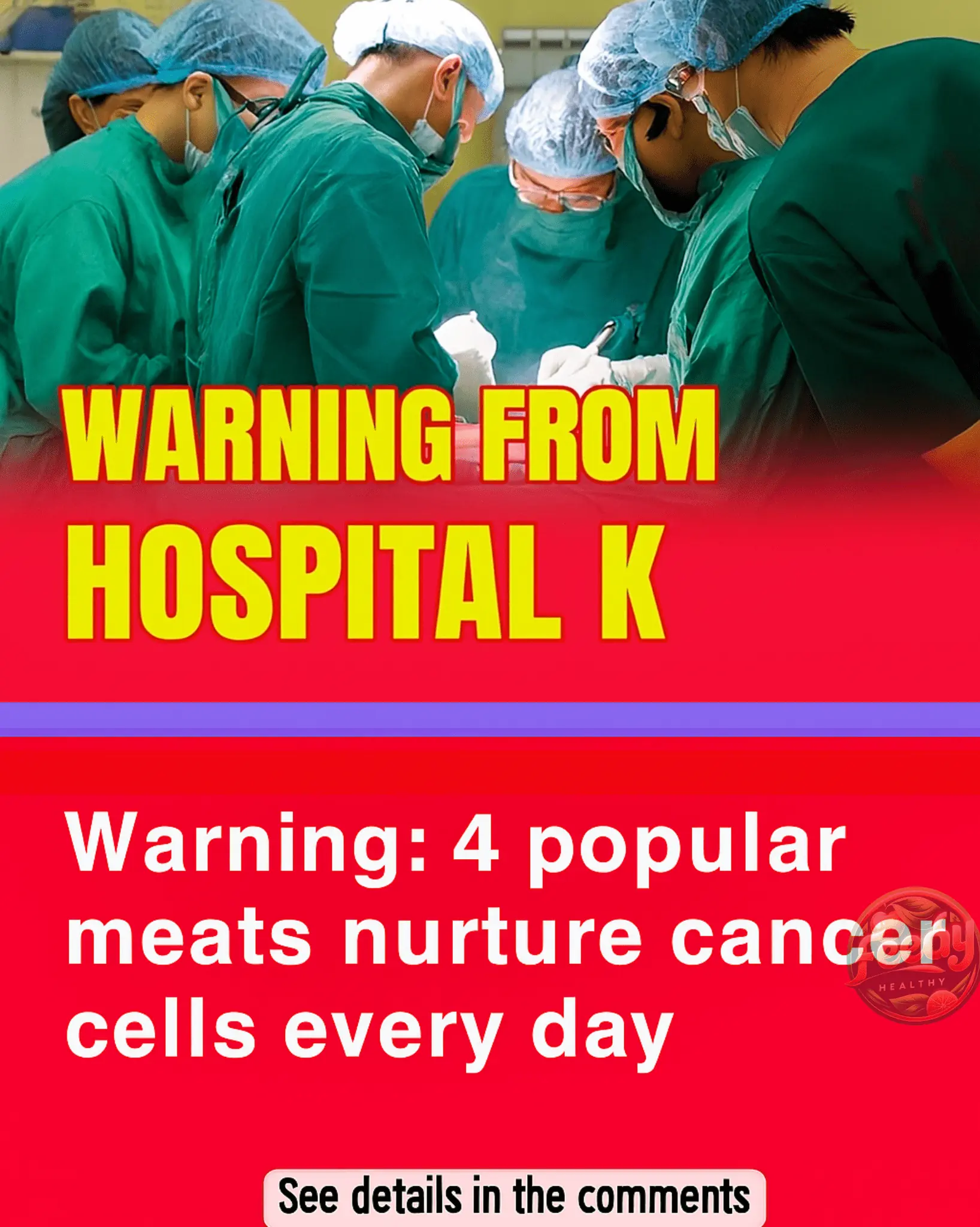
Warning from Hospital : Eating this type of meat daily may increase cancer risk – Don’t ignore it!

Men Who Neglect This Crucial Practice Face 45% Higher Risk of Prostate Cancer

3-Year-Old Boy Gets Super Glue in His Eye: Mother's “Golden 30 Seconds” Action Saves Him from Blindness
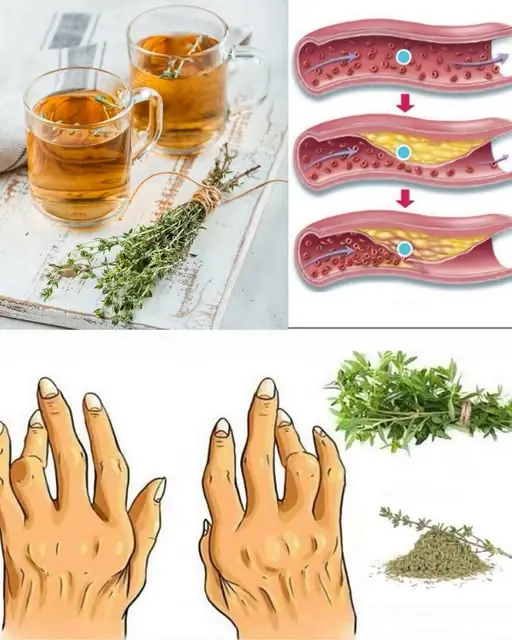
Unlocking the Power of Thyme: Combat Poor Circulation, Fatty Liver, High Blood Pressure, and Anxiety
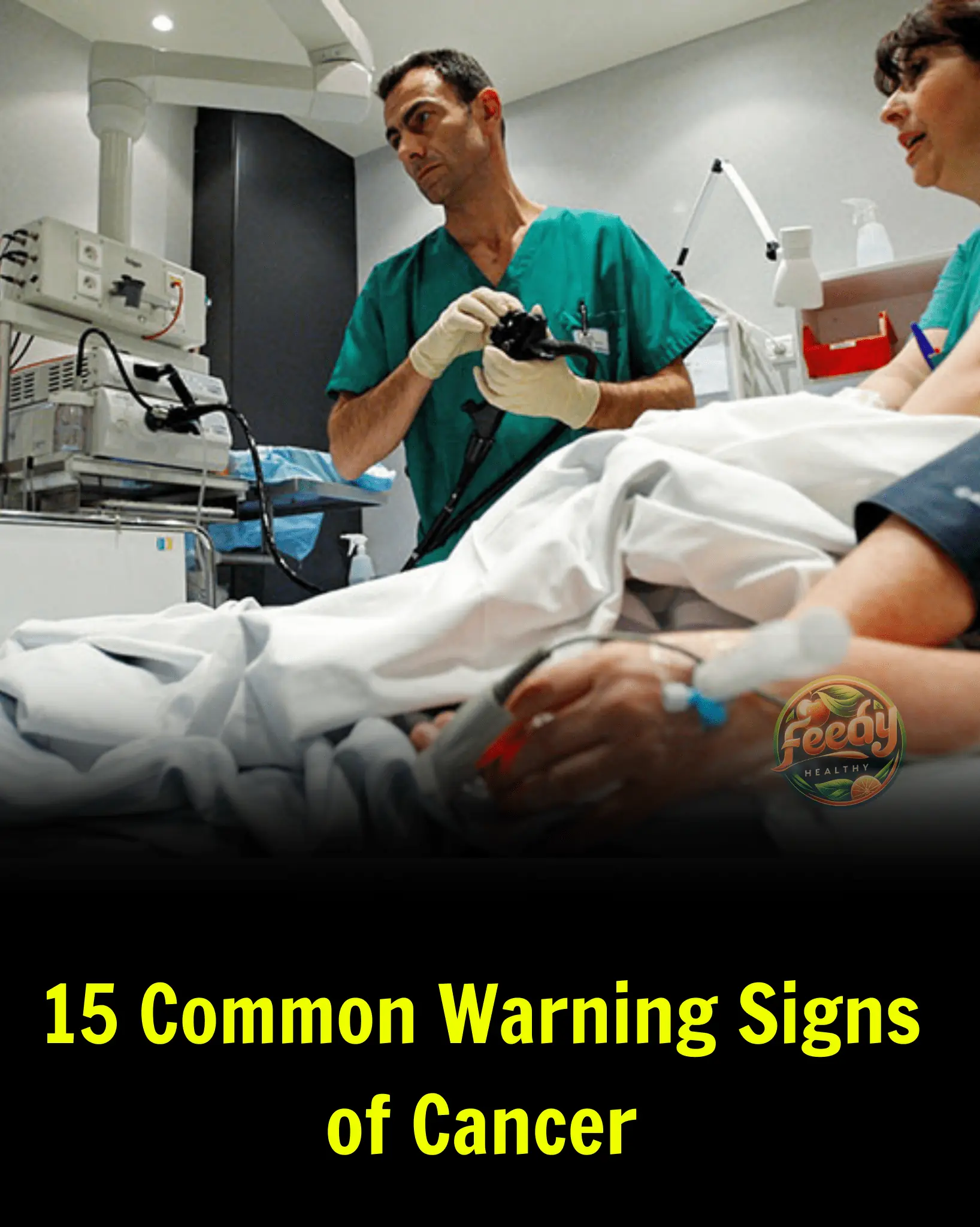
15 Common Warning Signs of Cancer
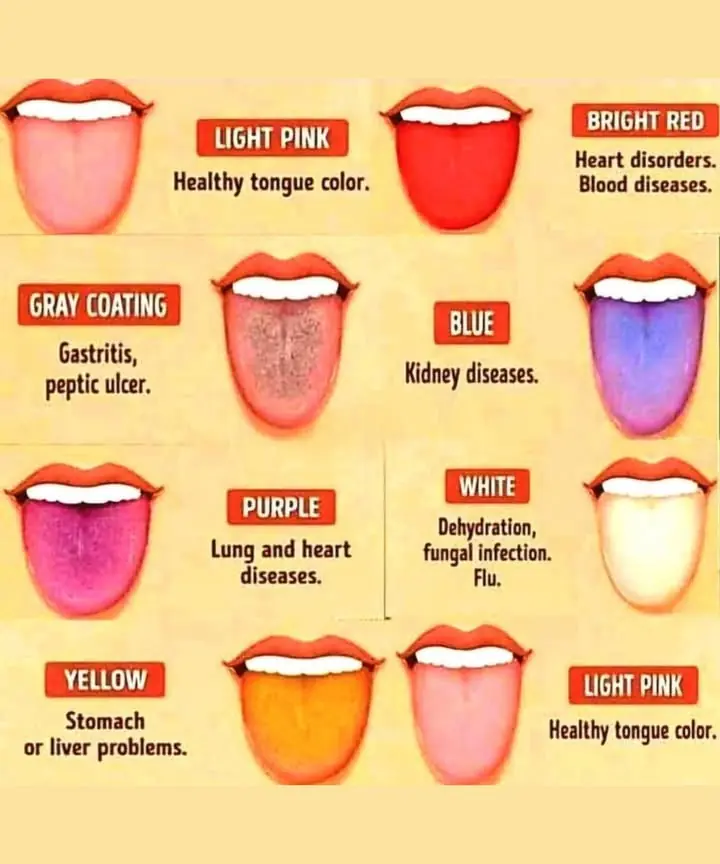
What Your Tongue Color Says About Your Health!

Rice Collagen Cream: No Wrinkles At Any Age

Nail Cancer Often Overlooked: A Dark Streak Could Be a Silent Warning
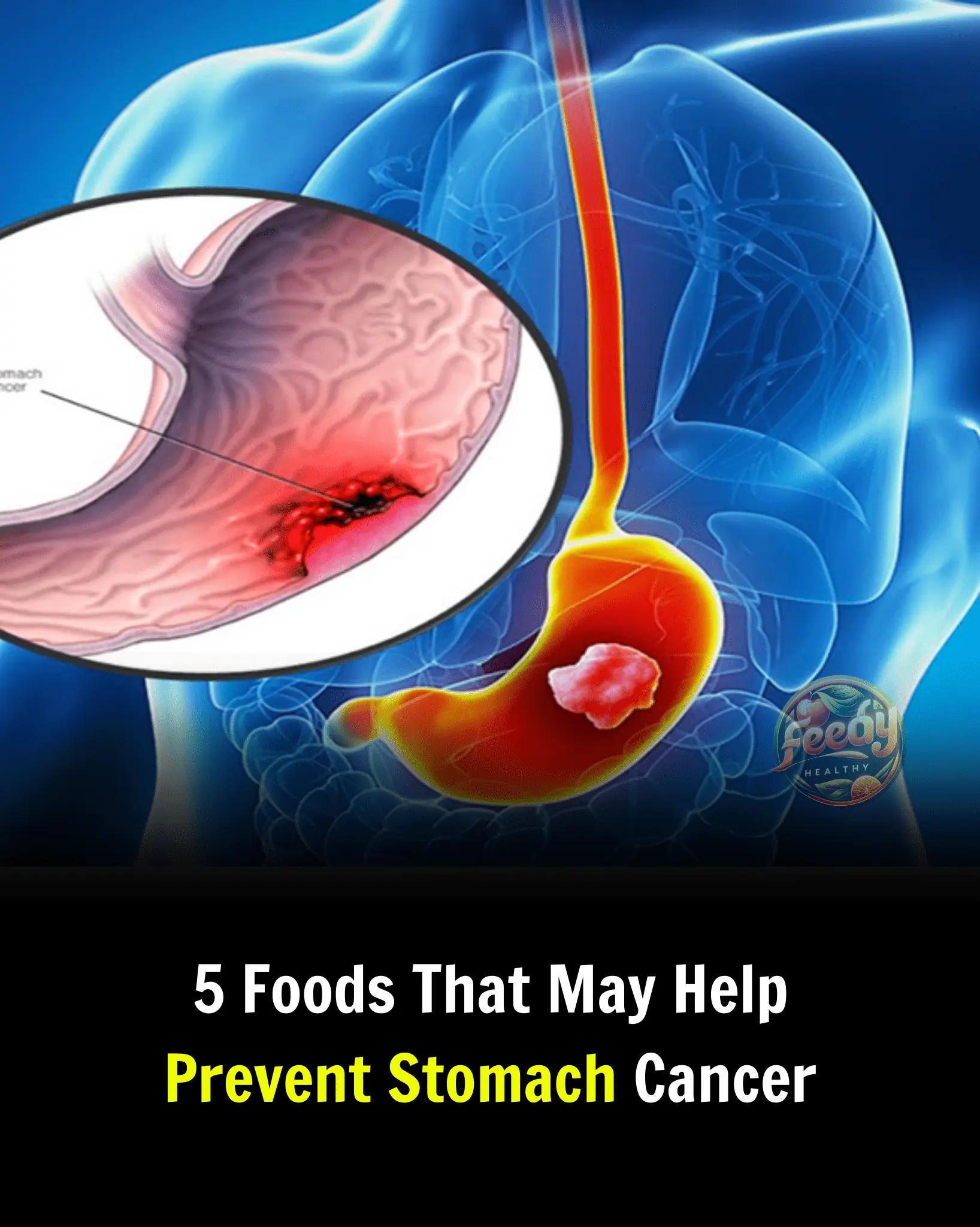
5 Foods That May Help Prevent Stomach Cancer

The Benefits of Boiled Eggs: Nutrition and Recipes You Should Try

Coffee Lovers, Take Note! “Extend Lifespan” or “Promote Cancer”? It All Depends on One Habit

Both Mother and Daughter Died of Liver Cancer — Doctor Warns: 3 Things You Should Never Add to Congee

Using an Electric Kettle to Boil Water: 90% of Users Make This Mistake — Remind Your Loved Ones to Correct It Soon

What causes the green ring around hard-boiled eggs?

Just Found Out Today: These 6 Foods Should Not Be Reheated — If You Can’t Finish Them, It’s Best to Throw Them Away!

9 ‘Classic’ Symptoms Signaling Early-Stage Cancer in Children: Parents Should Take Their Child to the Hospital Immediately
News Post

💙💫 Blue Velvet Cake 💫💙

🍓✨ Strawberry Crunch Cupcakes ✨🍓

🫐🍫 White Chocolate Blueberry Cheesecake Cupcakes 🍫🫐

Enhance Your Morning Nescafé with Cloves

Grandma’s Beetroot & Carrot Delight – A Simple Recipe for Health and Flavor!

Kidney Cancer in Children: Warning Signs Parents Should Never Ignore

13 Fatal Mistakes When Using Lemon Water That You Need to Avoid

Two Spoons in the Morning: A Natural Remedy for Bone Pain, Diabetes, Nerve Health, and Depression

Discover the Power of the Tahitian Nut: A Natural Remedy Against Cancer
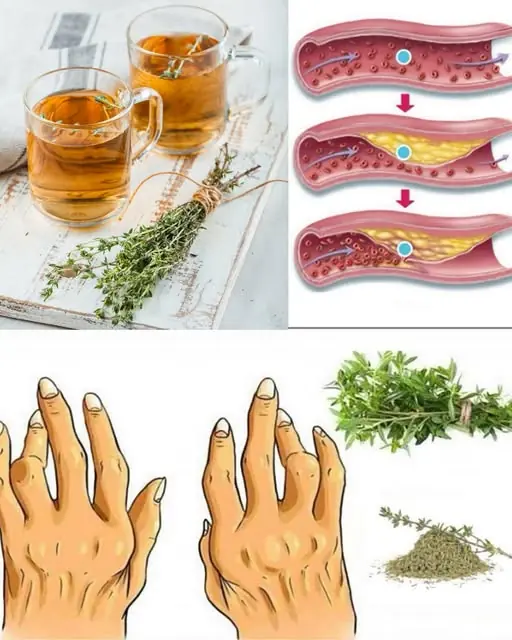
Discover the Power of Thyme: Fight Diseases Like Poor Circulation, Fatty Liver, High Blood Pressure, and Anxiety

Woman issues terrifying warning after finding a stroller abandoned on the side of the road

Say Goodbye to Urinary Infections, Asthma, and More: The Benefits of Tradescantia Spathacea

Discover the Benefits of Chayote: A Natural Remedy for Your Health

Warning from Hospital : Eating this type of meat daily may increase cancer risk – Don’t ignore it!

Men Who Neglect This Crucial Practice Face 45% Higher Risk of Prostate Cancer
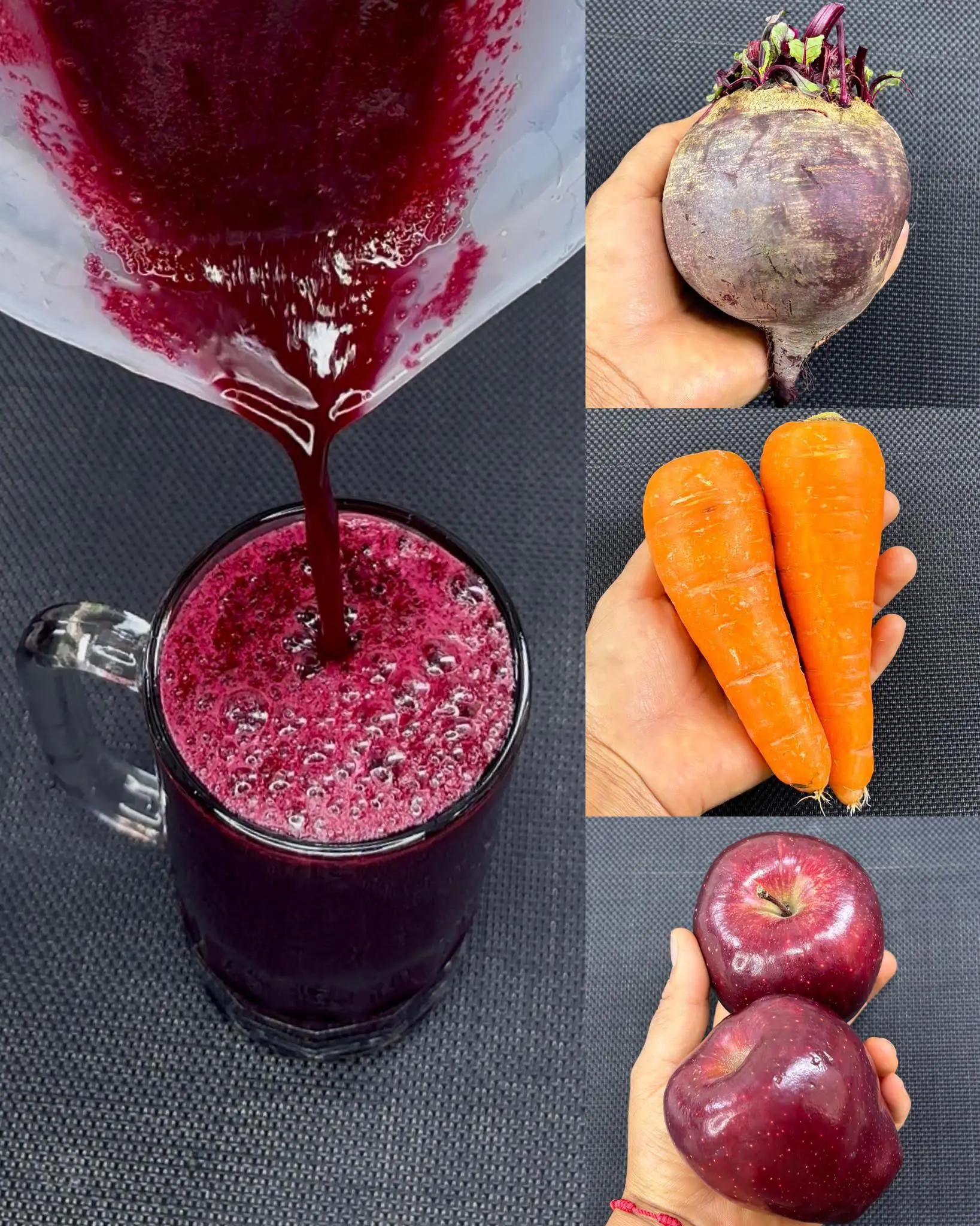
Restore Your Vision, Eliminate Anemia, and Detox Your Liver with This Powerful Natural Smoothie

3-Year-Old Boy Gets Super Glue in His Eye: Mother's “Golden 30 Seconds” Action Saves Him from Blindness

🍫✨ Caramel Brownie Cheesecake Bites ✨🍫
